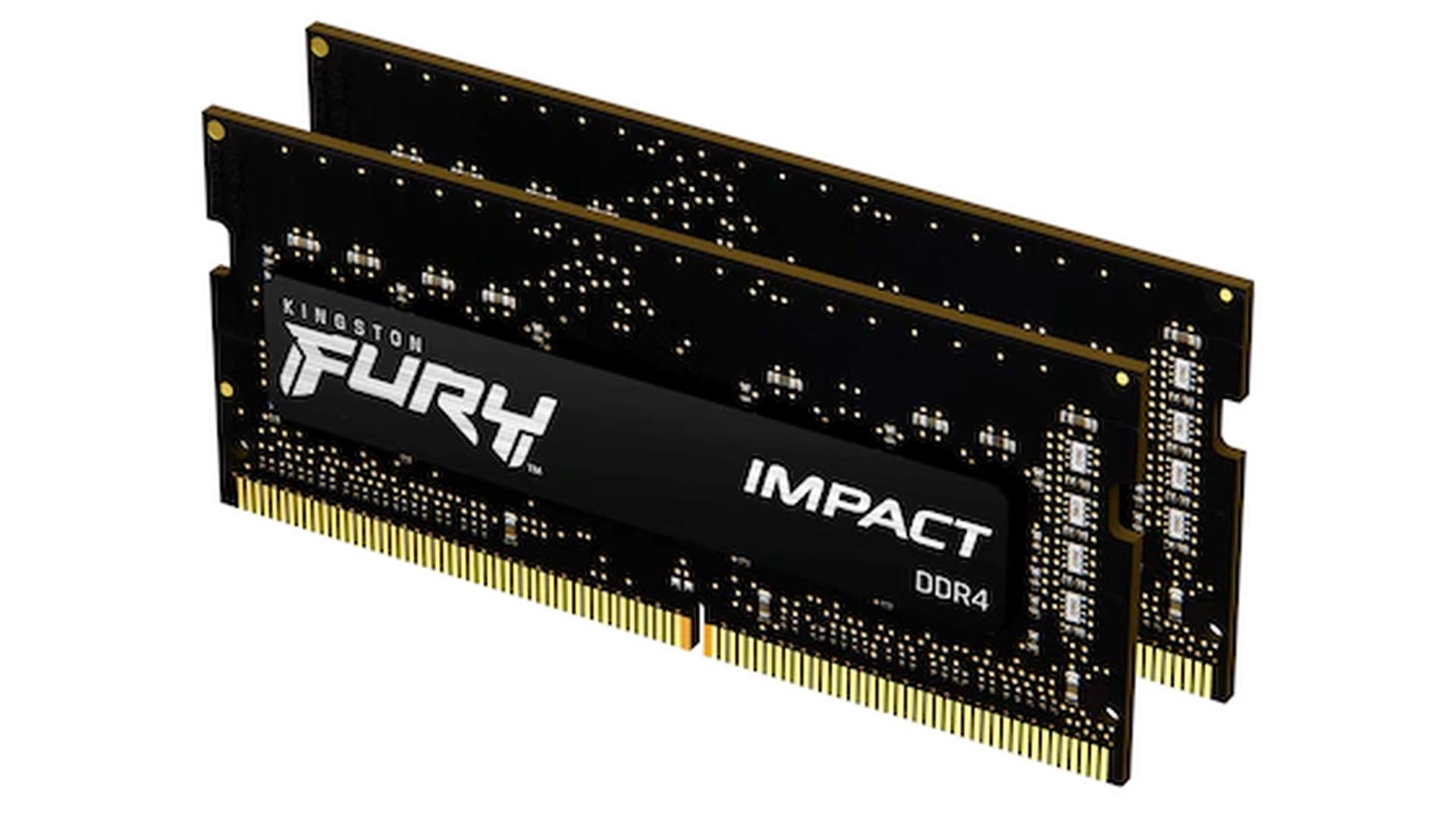Memory is an essential component of any computer system. Without it, your computer would not be able to store and access data quickly, making it practically unusable. When it comes to memory, you may have heard of: single-channel memory and dual-channel memory. In this blog post, we’ll compare the two and help you understand the benefits of dual-channel memory.
Single-Channel Memory
Single-channel memory refers to a memory configuration where a computer has only one memory module installed. This configuration is often found in entry-level or budget computers where the cost of the system is the primary concern. In a single-channel memory configuration, the CPU can only communicate with one memory module at a time, which can limit the system’s performance.
RAM communicates with the CPU through the memory controller on the CPU. Most modern motherboards have two 64-bit (total 128-bit) channels between the CPU and memory. In a single-channel configuration, only one of them is functional. This limits memory throughput to the rated speed of the slowest single RAM module installed.
Dual-Channel Memory
Dual-channel memory refers to a memory configuration where a computer has two identical memory modules installed in pairs. This configuration is often found in higher-end computers where performance is a priority. In a dual-channel memory configuration, the CPU can communicate with two memory modules at the same time, effectively doubling the memory bandwidth.
Benefits of Dual-Channel Memory
The main benefit of dual-channel memory is the increase in memory bandwidth. By allowing the CPU to communicate with two memory modules simultaneously, dual-channel memory effectively doubles the amount of data that can be transferred between the CPU and memory in a given time frame. This increase in memory bandwidth can result in significant performance gains, especially when the system is performing memory-intensive tasks such as video editing or gaming.
Lastly, dual-channel memory could be more energy-efficient than single-channel memory. Since the CPU can communicate with two memory modules simultaneously, it can complete tasks faster and enter into an idle state more quickly, resulting in lower power consumption.
Conclusion
In summary, dual-channel memory offers significant benefits over single-channel memory in terms of performance, and energy efficiency. While it may come at a higher cost than single-channel memory, the performance gains can be well worth the investment for users who require high performance from their systems. If you’re considering upgrading your computer’s memory, it’s worth checking if your system supports dual-channel memory to get the most out of your investment.

Gladstone is a tech virtuoso, boasting a dynamic 25-year journey through the digital landscape. A maestro of code, he has engineered cutting-edge software, orchestrated high-performing teams, and masterminded robust system architectures. His experience covers large-scale systems, as well as the intricacies of embedded systems and microcontrollers. A proud alumnus of a prestigious British institution, he wields a computer-science-related honours degree.
